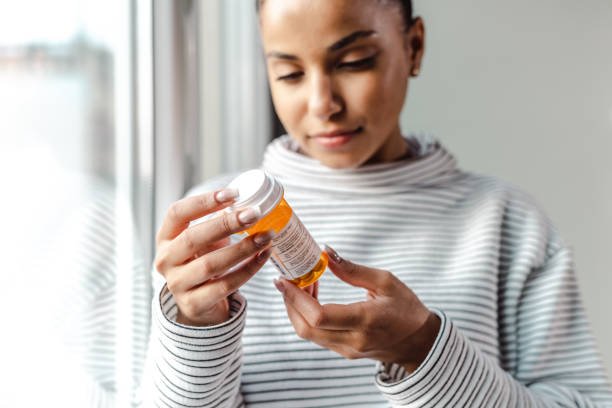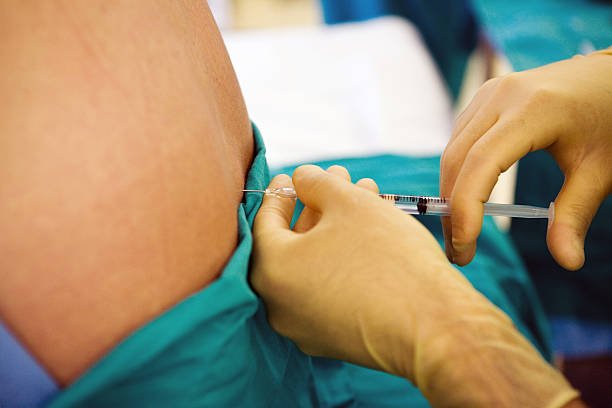
Muscle Spasm After Stroke – 5 Ways to Effectively Treat It
The road to recovery from a stroke is not easy, or the patient may notice that the body begins to become tight and stiff, and they are unable to move as well as before. This condition is called muscle spasm. Fortunately, the medical rehabilitation team can understand Be professional and help patients solve problems.
1. Sports
Exercise is an important way to treat muscle spasms. After a stroke, the doctor will recommend that the patient meet with a therapist to plan a rehabilitation course. The therapist will help the patient relearn certain skills, regain physical function, improve range of motion, and prevent permanent muscle atrophy, while the patient’s movement patterns , you can achieve good results alone, with the help of a therapist, or with special equipment. In some cases, the therapist may recommend cold compresses and electrotherapy to help the muscles heal better.
2. Assistive devices
A brace can be used to keep the muscle in its normal position, while a cast or splint can help lengthen the muscle and prevent it from shrinking.
3. Medication
Medications play a role in the treatment of muscle spasms. Your doctor may recommend the use of muscle relaxants, such as the following:
- Baclofen (or Lioresal) affects the central nervous system. The most common medication used to treat muscle spasms, Besun tablets can reduce muscle spasm and tension, relieve pain, and increase range of motion. Side effects include: loss of muscle integration, hallucinations, and muscle weakness.
- Tizanidine hydrochloride (or Zanaflex) affects nerve impulses. This type of medication can reduce muscle spasms, but the effects are not long-lasting. Side effects include: drowsiness, dry mouth, and low blood pressure.
- Dantrolene sodium (Dantrium). This type of drug is used to block signals that cause muscles to contract. Side effects include weakness, nausea, vomiting, depression, and diarrhea.
- Other drugs such as Diazepam (or Valium) or clonazepam (or Klonopin).
In many cases, your doctor will ask you to take several medications in combination.

Injections of nerve blockers can help with muscle spasms and are generally considered to be more effective and safer than oral medications. There are two types of injections for muscle spasms, including Botulinum toxin (or Botox) and Phenol
- Botulinum toxin works by blocking chemicals that cause muscle tightening. It may require more than one injection, and the effects are not permanent. Side effects of Botox include: weakness, difficulty swallowing, and pain at the injection site.
- Phenol may have a longer effect than Botox, and common side effects include: pain, burning, stinging, and swelling.

4. Surgery
If you experience severe muscle spasms, your doctor may recommend surgery. During the surgery, if there is a problem with the upper limbs, the doctor will loosen the biceps or triceps tendon of the hand; if there is a problem with walking, the doctor will lengthen the patient’s hamstring muscles or the flexors of the toes.
5. Home Recuperation
Take good care of yourself, and here are some things you can do to prevent your muscle spasms from getting worse:
- Don’t wear clothes that are too tight.
- Stress management.
- Change positions until you find a comfortable position.
- Get enough sleep to avoid fatigue.
- Adjust the indoor temperature until you find a comfortable temperature, not too hot or too cold.












